Bajra Sandhi Monument
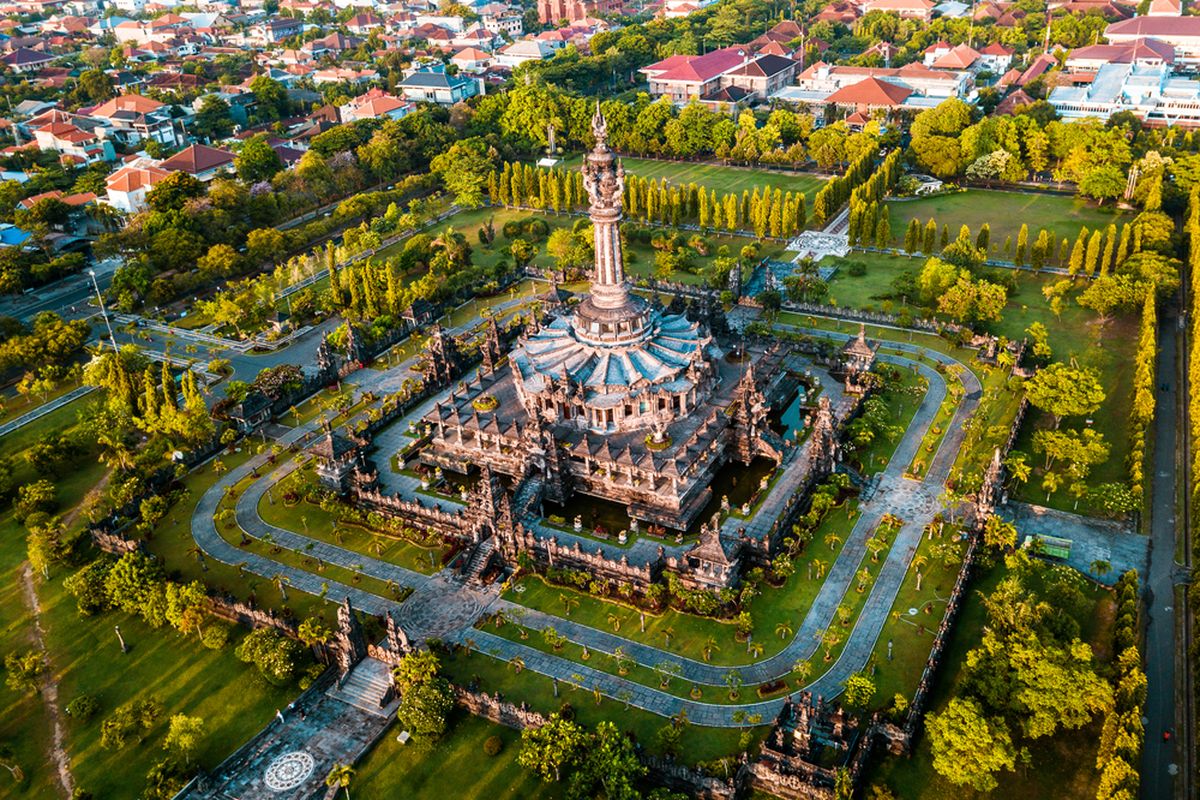
Bali’s Icon of History, Culture, and Spiritual Strength
Located in the heart of Bali’s capital city, Denpasar, Bajra Sandhi Monument stands as a grand tribute to the struggles and resilience of the Balinese people throughout history. More than a monument, it is a symbol of cultural pride, spiritual strength, and national unity.
Historical Background
In the heart of Denpasar, Bali, stands the Bajra Sandhi Monument a majestic structure symbolizing the resilience and cultural identity of the Balinese people. This monument not only commemorates historical struggles but also serves as a beacon of unity and pride for the island’s inhabitants.
Built to commemorate the courageous resistance of Balinese heroes against Dutch colonial forces, especially during the Puputan Wars of 1906 and 1908, Bajra Sandhi was first conceptualized in 1981. Construction began in 1987 and it was officially inaugurated in 2003 by then President Megawati Soekarnoputri.
Unique Architecture and Symbolism
The monument’s architecture mimics a “bajra”, a sacred bell used by Hindu priests during religious ceremonies. This symbolic form reflects the deep spiritual and religious heritage of the Balinese people.
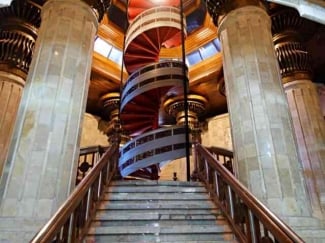
Key symbolic elements:
- 17 gates, 8 pillars, 45-meter height: Representing Indonesia’s independence date 17 August 1945.
- Tri Mandala layout: Divides the monument into three zones (outer, middle, inner), symbolizing the physical, spiritual, and divine realms.
- Ornate Balinese carvings: Depict traditional legends, battles, and cultural elements.
Museum Inside the Monument
The monument houses a 3 floor museum:
- Ground Floor – Admin offices, a library, and the “Puser Tasik” (center of the sea).
- First Floor – 33 dioramas illustrating Bali’s history, from early civilization to independence, including traditional life, colonization, and rebellion.
- Second Floor – Observation deck with panoramic views of Denpasar and the surrounding park.
Location and How to Get There
Address: Jl. Raya Puputan No.142, Panjer, Denpasar Selatan, Bali 80234, Indonesia.
How to Get There:
- From Ngurah Rai International Airport: Approx. 40 minutes by car (12 km).
- By taxi or ride hailing apps (Grab/Gojek): Affordable and convenient.
- By scooter: Available for rent in tourist areas like Kuta, Seminyak, or Ubud.
- By tour services: Many tour companies include Bajra Sandhi in their Denpasar or city tour packages.
Tips for Visiting
- Visit early in the morning or late afternoon to avoid the midday heat.
- Wear comfortable clothing and footwear – You’ll be walking around a lot.
- Bring a bottle of water, hat, and sunscreen.
- Take time to read the dioramas – They provide rich historical insight.
- Photography is allowed, especially from the observation deck.
- Guided tours available – Consider hiring a local guide for deeper understanding.
What Makes Bajra Sandhi Unique?
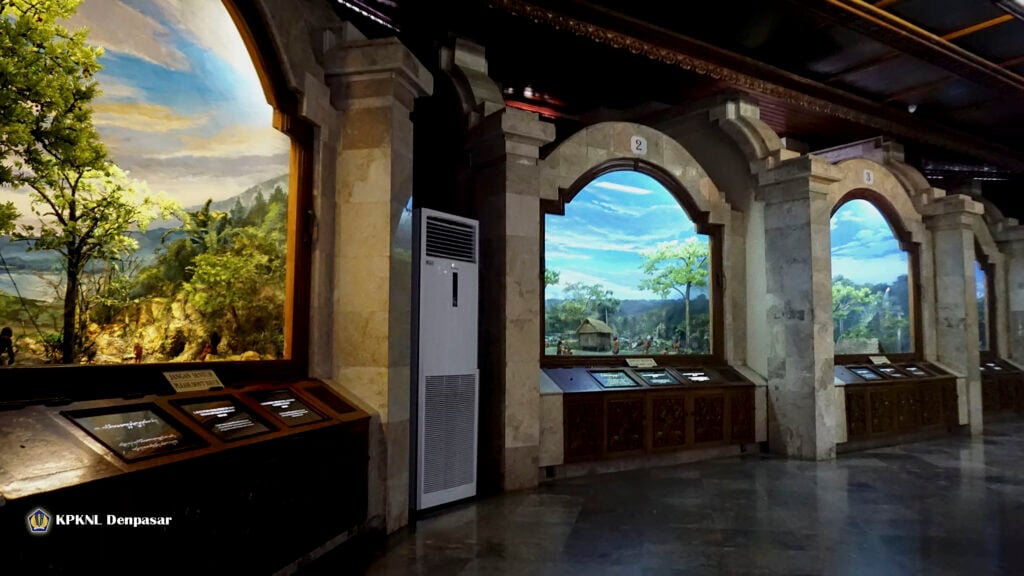
- Spiritual Design with National Symbolism – Merging Hindu cosmology with Indonesia’s independence struggle.
- Rich Dioramas – A museum experience with visuals that make Balinese history easy to understand.
- Cultural Center – The monument hosts art festivals and community events.
- Panoramic City View – Few places in Denpasar offer such a comprehensive aerial perspective.
Nearby Attractions
- Puputan Renon Square – A large public park right in front of the monument, perfect for jogging, family activities, or watching local life.
- Bali Museum (10 minutes away) – Learn more about Balinese culture and heritage.
- Sanur Beach (20 minutes away) – A peaceful beach area with calm waters, cafes, and a sunrise view.
- Bali Art Center (Taman Budaya Bali) – A hub for traditional and contemporary Balinese arts and performances.
- Denpasar Traditional Markets – Such as Pasar Badung and Pasar Kumbasari, ideal for experiencing local commerce and food.
Opening Hours & Entrance Fee
Opening Hours:
Mon–Fri: 08:30 AM – 4:30 PM
Sat–Sun: 10:00 AM – 4:30 PM
Entrance Fee:
- Local: IDR 20,000
- Foreigner: IDR 50,000
- Children: IDR 15,000
Final Thoughts
Bajra Sandhi Monument is more than a tourist spot it’s a powerful educational and spiritual site that reflects the heart of Balinese identity. Whether you’re a history buff, architecture lover, or cultural explorer, this monument offers a rich and moving experience that connects you with Bali’s past, present, and soul.


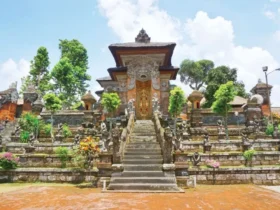
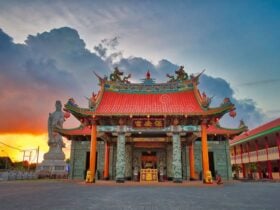
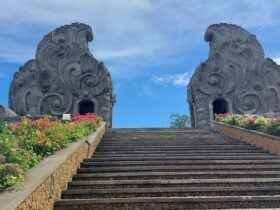
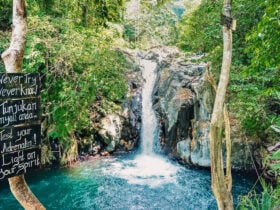




Leave a Review